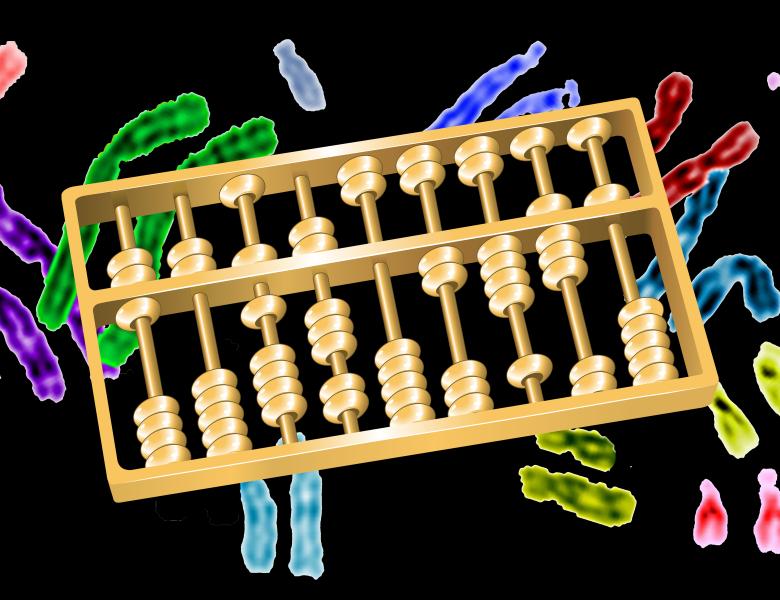
Abstract
Mutations in enhancers can lead to a wide range of phenotypes, including Mendelian disease; however, we are currently limited in predicting the phenotypic impact of these mutations. With whole-genome datasets becoming commonly available, we need to obtain a better understanding of the functional consequences of nucleotide variants in enhancer sequences. Here, we will present the SHH limb enhancer, termed also as the zone of polarizing activity (ZPA) regulatory sequence (ZRS), as a case study. Several labs including ours have detected mutations in this enhancer that can lead to various limb malformations. Point mutations in this enhancer usually cause polydactyly and triphalangeal thumb, but there are other specific single nucleotide changes in the ZRS that cause a more severe limb phenotype and nucleotide variants that don’t lead to an observable phenotype. Our current tools, both computational and functional, are limited in their ability to predict the phenotypic impact of a novel mutation in this enhancer. Using massively parallel reporter assays (MPRAs) combined with computational tools, we are attempting to address this problem. By designing MPRAs to learn regulatory grammar or to carry out saturation mutagenesis of every possible nucleotide change in the ZRS and other disease causing enhancers, we are increasing our understanding of the phenotypic consequences of enhancer mutations.


